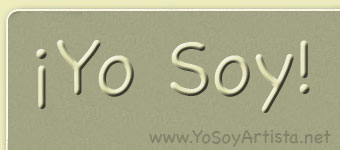
Where to Begin?
What are we doing?
- You will be making Vector Art
- Some suggestons include (but not limited to):
- A Logo
- Typography
- T-Shirt
- Cover Art
Adobe has some excellent tutorials and training modules:
- Adobe Illustrator Training
- Illustrating
- Layout
- Style
- Shapes and Paths
- Draw and edit
- Manipulate Artwork
- Transform Artwork
- Stylize
- Add TEXT
- Enhancing Drawings
- Custom Lettering
- Get Inspired
Would you like to build something for the NASH stage?
How about animating a drawing?
 Appearance attributes are properties that affect the look of an object without altering its underlying structure. Appearance attributes include fills, strokes, transparency, and effects. If you apply an appearance attribute to an object and later edit or remove that attribute, it does not change the underlying object or any other attributes applied to the object.
Appearance attributes are properties that affect the look of an object without altering its underlying structure. Appearance attributes include fills, strokes, transparency, and effects. If you apply an appearance attribute to an object and later edit or remove that attribute, it does not change the underlying object or any other attributes applied to the object.
You can set appearance attributes at any level of the layer hierarchy. For example, if you apply a drop shadow effect to a layer, all objects in the layer take on the drop shadow. However, if you move an object out of the layer, that object will no longer have a drop-shadow because the effect belongs to the layer, not to each object within the layer.
The Appearance panel is the gateway to working with appearance attributes. Because you can apply appearance attributes to layers, groups, and objects—and often to fills and strokes too—the hierarchy of attributes in your artwork can become very complex. For example, if you apply one effect to an entire layer and another effect to an object in the layer, it may be difficult to determine which effect is causing the artwork to change. The Appearance panel shows you the fills, strokes, graphic styles, and effects that have been applied to an object, group, or layer.
Mastering the Appearance Panel
Flower Instructions | Here are the AI Flower Files